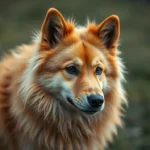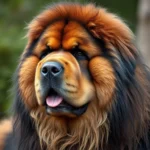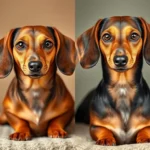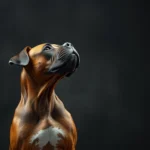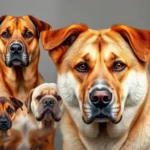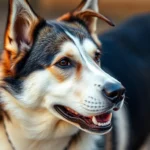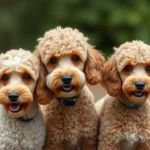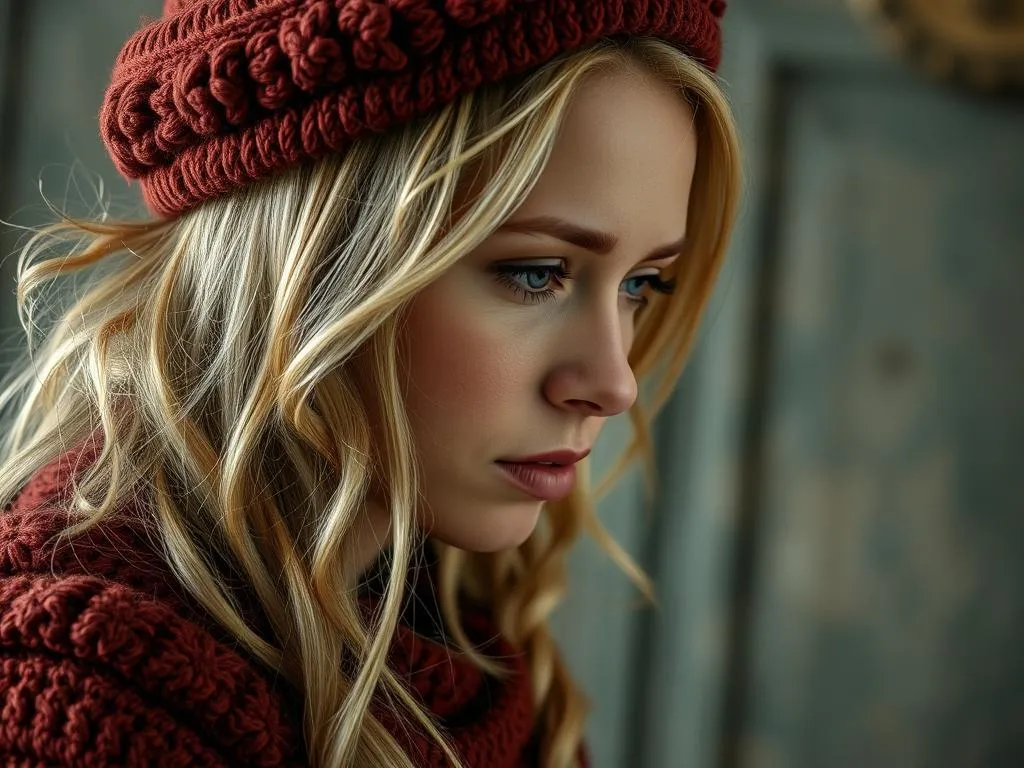
Overview of Dog Breeds
Dog breeds are distinct groups of dogs that have been selectively bred for specific traits, characteristics, and purposes. Understanding different breeds is crucial for potential dog owners, as it helps them find a companion that fits their lifestyle, personality, and needs. Among the myriad of dog breeds, the Drentse Patrijshond stands out as a versatile and affectionate companion.
Focus on Drentse Patrijshond
The Drentse Patrijshond, also known as the Drent, is a unique breed hailing from the Netherlands. This breed has a rich history intertwined with hunting and retrieving, making it an exceptional companion for outdoor enthusiasts. The origins of the Drentse Patrijshond can be traced back to the 16th century, where it was primarily used for hunting waterfowl and game birds.
History of the Drentse Patrijshond
Origin of the Breed
The Drentse Patrijshond has its roots in the Drenthe region of the Netherlands. Initially developed as a versatile hunting dog, it was prized for its ability to work in various terrains and conditions. The breed’s ancestors were likely a mix of native European dogs and various spaniel breeds, contributing to its unique characteristics.
Development Over Time
As time progressed, the Drentse Patrijshond evolved through careful breeding practices. The breed gained recognition from the Dutch Kennel Club in the early 20th century, which helped solidify its status as a distinct breed with specific standards. The Drentse Patrijshond has maintained its popularity due to its adaptability and strong hunting instincts, making it a favored choice among hunters and families alike.
Physical Characteristics
Size and Weight
The Drentse Patrijshond is a medium-sized dog, with males typically standing between 22 to 24 inches at the shoulder and females ranging from 20 to 22 inches. Males usually weigh between 50 to 70 pounds, while females are slightly lighter, weighing around 40 to 60 pounds.
Coat and Color
This breed is known for its stunning coat, which is dense and wavy, providing protection in various weather conditions. The Drentse Patrijshond comes in a range of colors, including white with orange or brown patches, or even solid brown. The coat requires regular grooming to prevent matting and to maintain its healthy appearance.
Distinct Features
One of the most distinctive features of the Drentse Patrijshond is its long, droopy ears that frame its expressive face. The breed also has a strong, muscular build and a long, feathery tail that is often carried low. These physical traits not only contribute to its attractive appearance but also enhance its functionality as a hunting dog.
Temperament and Behavior
Personality Traits
The Drentse Patrijshond is known for its friendly, intelligent, and loyal nature. These dogs are typically very affectionate with their families and make excellent companions. They possess a playful demeanor, which makes them great for families with children. Their intelligence and eagerness to please also make them quick learners.
Socialization Needs
Early socialization is crucial for the Drentse Patrijshond. Exposing them to various people, environments, and other animals during their formative months helps them develop into well-rounded adults. Without proper socialization, they may become shy or overly protective.
Training and Obedience
When it comes to training, the Drentse Patrijshond is generally eager to learn, making it relatively easy to train. Positive reinforcement methods, such as treats and praise, work well with this breed. Consistency and patience are key, as they require clear commands and direction to thrive.
Health and Care
Common Health Issues
The Drentse Patrijshond is generally healthy; however, like all breeds, it may be prone to certain genetic health issues. Common concerns include hip dysplasia, ear infections, and certain skin conditions. Regular veterinary check-ups and a healthy lifestyle can help mitigate these risks.
Diet and Nutrition
A balanced diet is essential for the health of the Drentse Patrijshond. Quality dog food that meets their specific age, size, and activity level is crucial. Typically, a high-protein diet with a mix of carbohydrates and healthy fats works best. Always consult with a veterinarian to create a tailored feeding plan.
Grooming Requirements
The grooming needs of the Drentse Patrijshond are moderate. Regular brushing, ideally once or twice a week, helps to keep their coat healthy and free of mats. Additionally, regular ear cleaning is important to prevent infections, given their floppy ears. Bathing should be done as needed, usually every few months.
Living Environment
Space Requirements
The Drentse Patrijshond thrives in a home with ample space to move and play. While they can adapt to apartment living, having access to a yard is ideal. They enjoy being outdoors and require space to run and explore.
Exercise Needs
Exercise is crucial for the Drentse Patrijshond. These dogs are energetic and require at least one hour of physical activity each day. Activities such as walking, running, and playing fetch are excellent for keeping them physically and mentally stimulated.
Compatibility with Families
The Drentse Patrijshond is highly compatible with families, including those with children and other pets. Their friendly and gentle demeanor makes them an excellent choice for family life. However, it’s essential to teach children how to interact appropriately with dogs to ensure a harmonious environment.
Activities and Lifestyle
Hunting and Retrieving
Historically, the Drentse Patrijshond has excelled as a hunting dog, particularly for waterfowl and upland game. Their natural instincts make them proficient retrievers, and many owners still utilize them for hunting purposes today. Engaging them in hunting activities can provide a fulfilling outlet for their energy and skills.
Dog Sports and Competitions
In addition to hunting, the Drentse Patrijshond participates in various dog sports, including agility, obedience, and tracking. Their intelligence and agility make them competitive athletes, and many owners find joy in training their dogs for competitions. This involvement not only enriches their lives but also strengthens the bond between dog and owner.
Social Activities
Social interaction is vital for the Drentse Patrijshond. They thrive in environments where they can interact with people and other dogs. Regular trips to dog parks, playdates, and participation in dog shows can enhance their social skills and provide them with the mental stimulation they crave.
Adoption and Breeding
Finding a Drentse Patrijshond
If you’re interested in welcoming a Drentse Patrijshond into your home, it’s essential to find a reputable breeder or rescue organization. Look for breeders who prioritize health testing and responsible breeding practices. Additionally, consider reaching out to breed-specific rescues, where you may find dogs in need of loving homes.
Considerations Before Adoption
Before adopting a Drentse Patrijshond, consider your lifestyle and living situation. These dogs require significant time, attention, and exercise. Assess whether you can commit to their needs, including grooming, training, and regular outdoor activities.
Responsible Breeding Practices
Ethical breeding practices are crucial to ensure the health and well-being of the Drentse Patrijshond. Responsible breeders conduct health screenings and provide potential owners with information about the breed’s characteristics and needs. Supporting ethical breeding helps maintain the breed’s integrity and health.
Conclusion
The Drentse Patrijshond is a remarkable breed known for its versatility, friendly nature, and strong hunting instincts. With proper care, training, and socialization, this breed can make an excellent companion for active families and outdoor enthusiasts alike. As you consider adding a new furry friend to your household, remember the unique needs and characteristics of the Drentse Patrijshond. With their rich history and loving temperament, they could be the perfect addition to your family.

